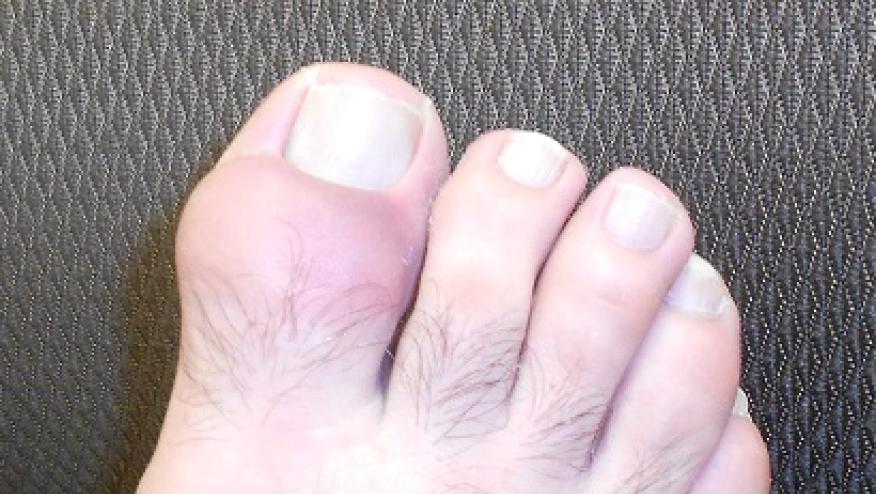Mixed Results with Combination Therapy in Gout Save

Lesinurad, a selective URAT-1 inhibitor has been approved for coadministration with a urate-lowering therapy (ULT) in patients with gout for nearly a year. The CRYSTAL study was one of the studies that lead to FDA approval.
CRYSTAL was a 12 month study of 324 patients with tophaceous gout assessed the efficacy of lesinurad in combination with febuxostat. Patients were required to have an elevated serum urate (sUA) ≥8.0 mg/dl (or ≥6.0 mg/dl on ULT) and a measurable target tophus; and had to be on febuxostat 80mg daily for 3 weeks before randomization to lesinurad (200 or 400mg daily) or placebo.
Primary endpoint was achieving sUA <5.0 mg/dl by month 6 and the secondary end point was complete tophus resolution.
Significantly more patients achieved sUA < 5.0 with lesinurad 400mg (76.1%; P<0.0001) compared to placebo. The lesinurad 200mg dose was not significantly different (56.6%; P=0.13), than placebo and febuxostat (46.8%).
While tophus resolution on lesinurad was numerically (nearly 50% reduction) better than placebo at 12 months, this did not achieve statistical significance.
Safety findings were similar with the exception of higher rates of reversible serum creatinine elevation with lesinurad 400mg.
These data suggest that lesinurad in combination with febuxostat demonstrated superior sUA lowering compared with febuxostat alone, with clinically relevant impact on tophi resolution.
The limited efficacy of the 200 mg dose and renal risks with the 400 mg dose of lesinurad may limit the use of this agent in many patients with gout.










If you are a health practitioner, you may Login/Register to comment.
Due to the nature of these comment forums, only health practitioners are allowed to comment at this time.